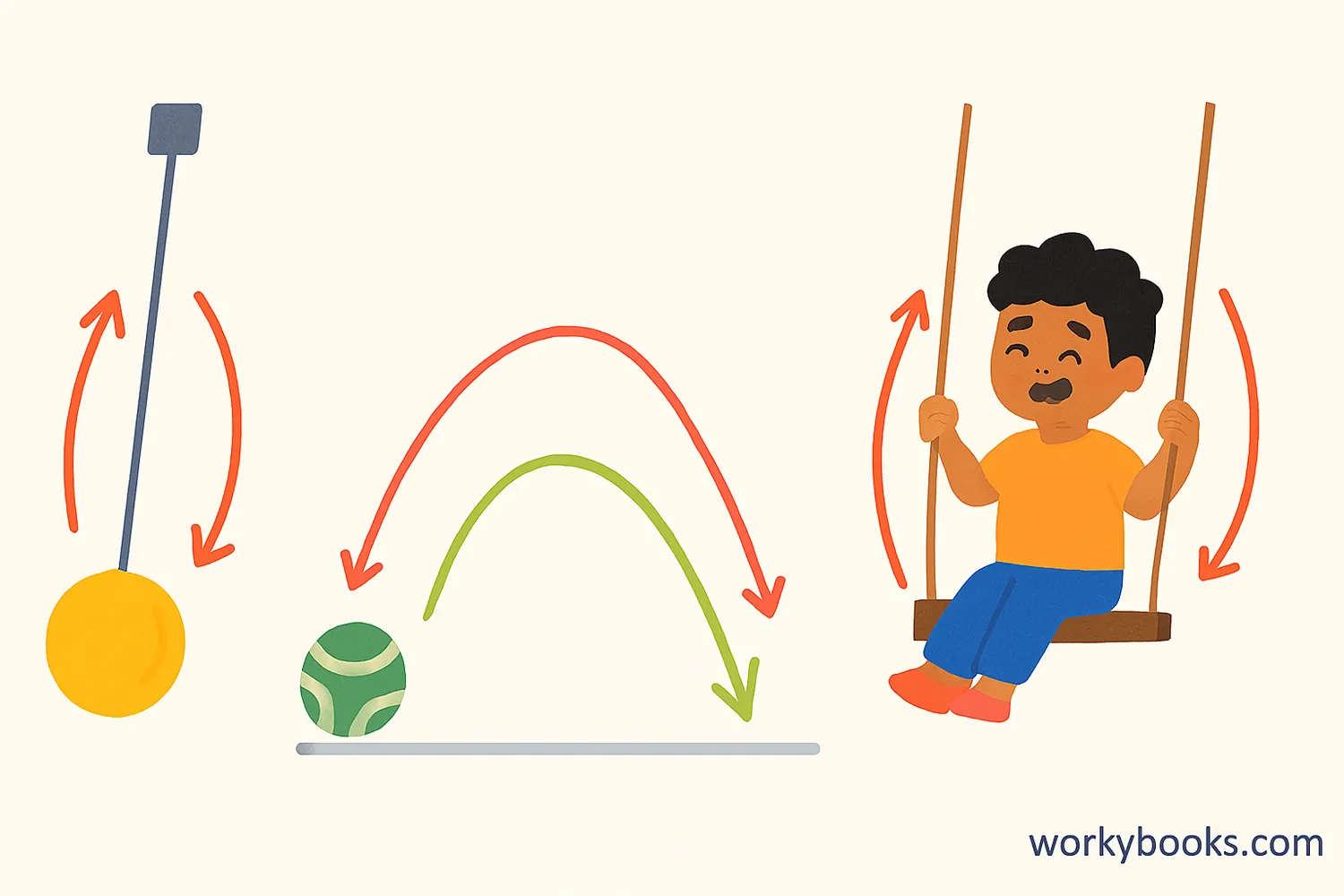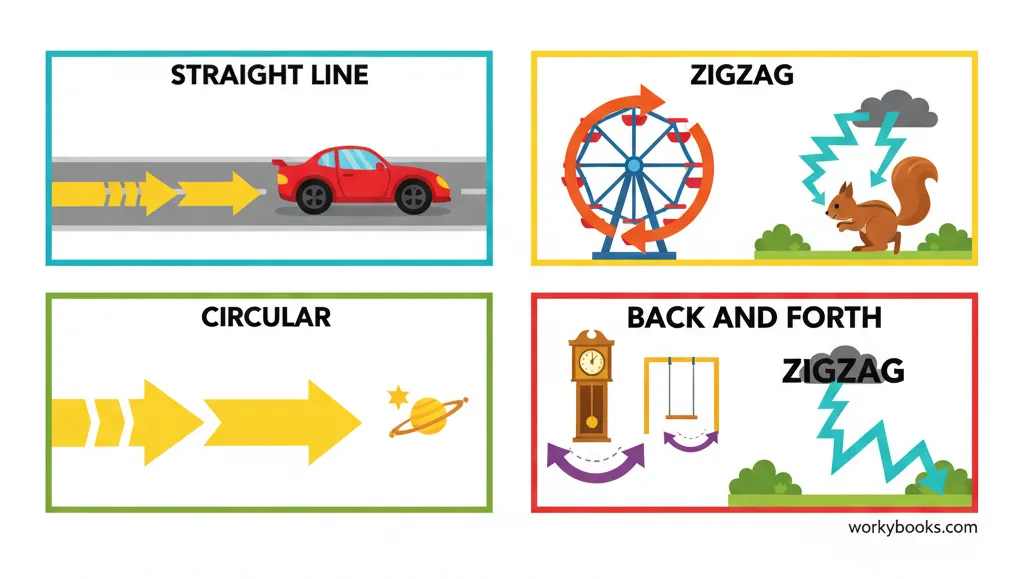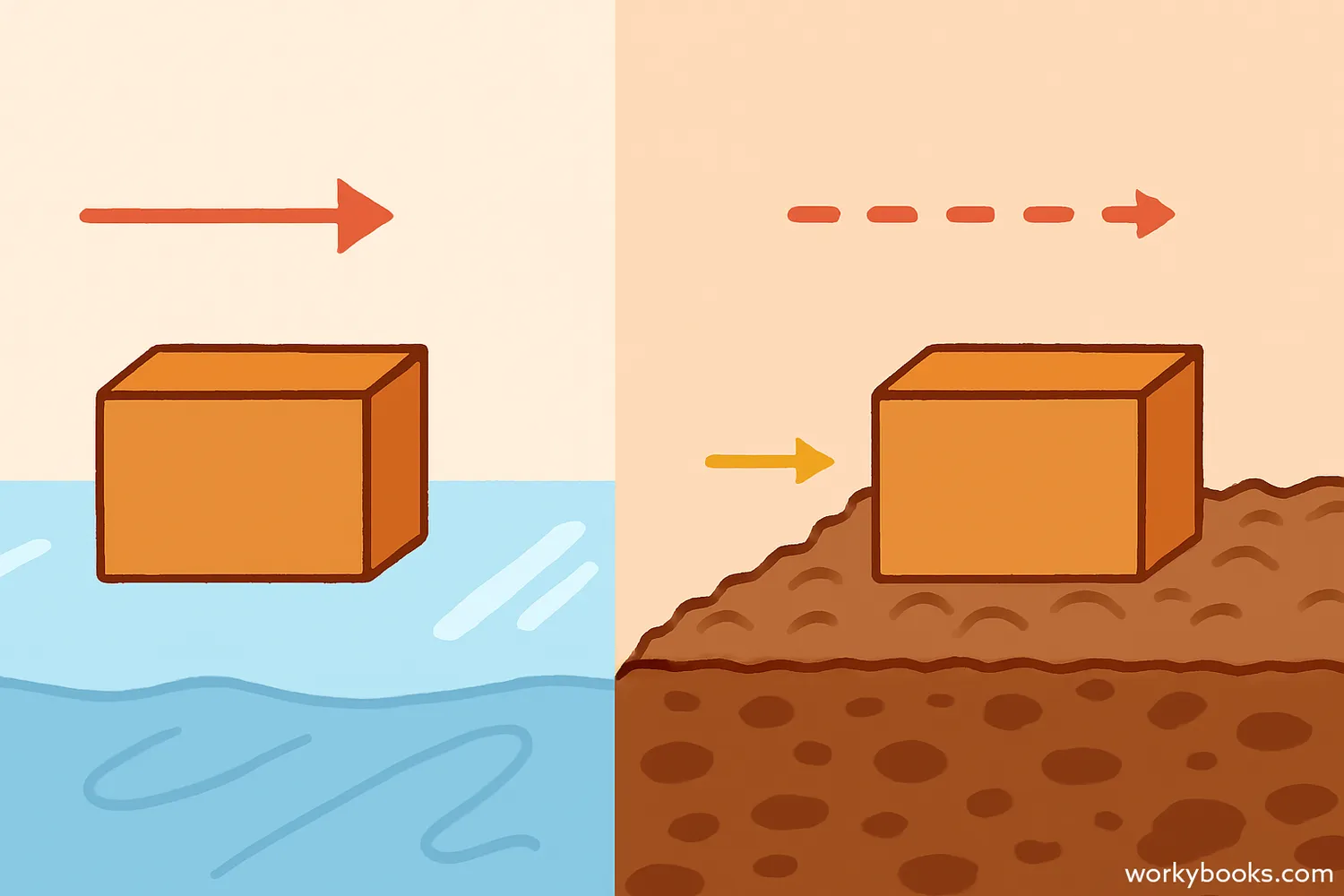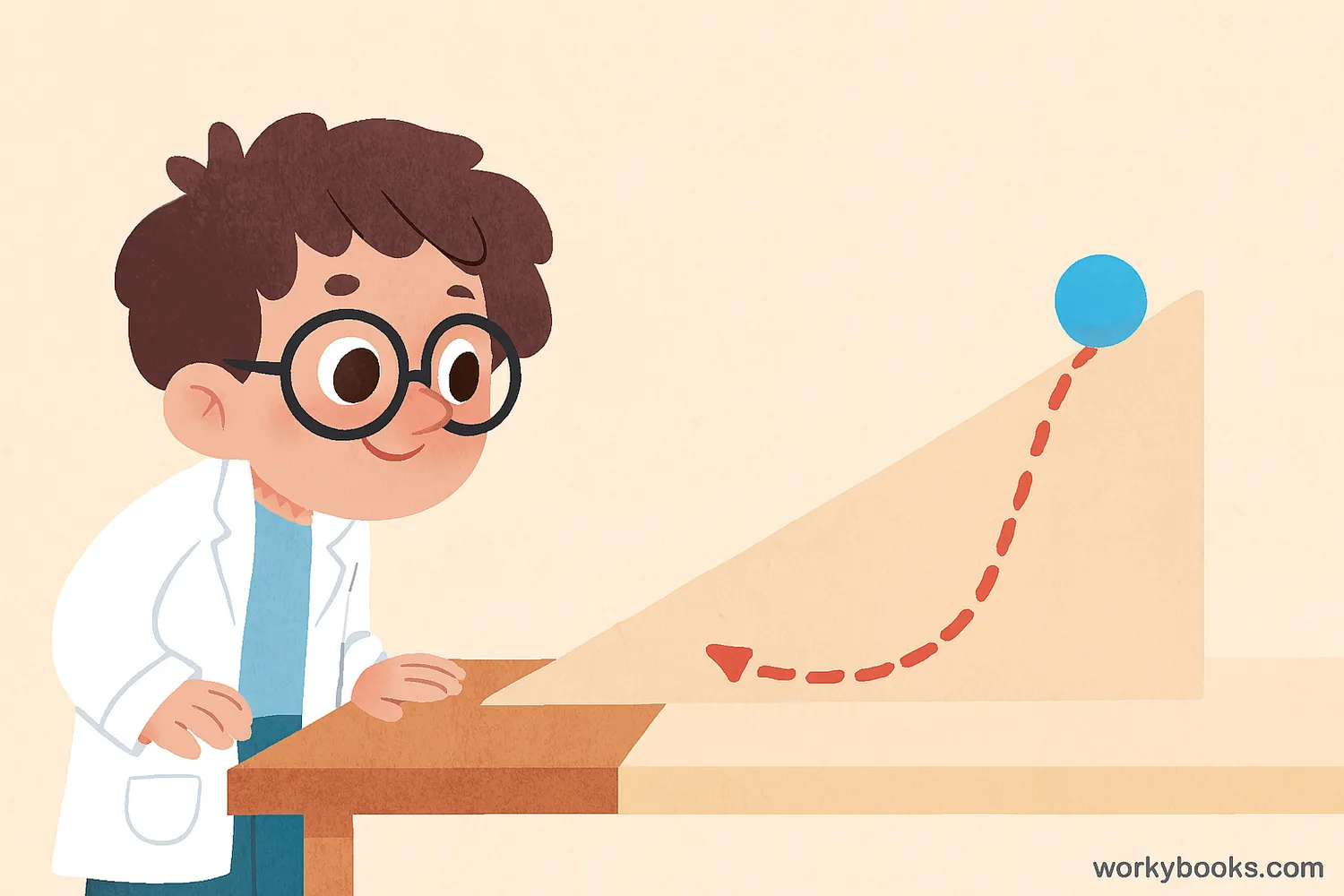Patterns in Motion - Definition, Examples, Quiz, FAQ, Trivia
Discover how objects move in predictable patterns and how forces affect motion
What are Patterns in Motion?

Patterns in motion refer to the predictable ways objects move. When we observe how things move, we often notice they follow certain patterns that we can describe and predict.
Key facts about motion patterns:
• Objects often move in repeating patterns
• Motion can be described by direction, speed, and path
• Forces like pushes and pulls create changes in motion
• Patterns help us predict how objects will move
Think of patterns in motion like a dance routine. Once you learn the steps, you can predict what comes next! Scientists use these patterns to understand how everything from tiny atoms to giant planets move.
Key Concept
Patterns in motion are the predictable, repeating ways that objects move. By observing these patterns, we can understand and predict how objects will behave.
Repeating Motion
Motion that happens over and over in the same way
Predictable Patterns
Motion that follows rules we can understand
Balanced Forces
When forces are equal, motion stays the same
Types of Motion

Objects can move in different ways, and each type of motion has its own pattern. Understanding these patterns helps us describe how things move in our world.
Common types of motion:
• Straight line motion: Moving in a straight path
• Circular motion: Moving in a circle or curve
• Back and forth motion: Moving repeatedly between two points
• Zigzag motion: Moving in sharp, alternating directions
Did you know that most motion in our world is a combination of these basic types? For example, a roller coaster might have straight, circular, and zigzag motions all in one ride!
Straight Line
Objects moving in a straight path, like a car on a straight road or an arrow shot from a bow.
Circular
Objects moving in circles, like a Ferris wheel or planets orbiting the sun.
Back & Forth
Objects swinging or vibrating, like a pendulum or a guitar string.
Zigzag
Objects changing direction sharply, like a squirrel running or lightning bolts.
Motion and Friction

Friction is a force that opposes motion when two surfaces rub against each other. It plays a huge role in the patterns we see in motion!
How friction affects motion:
• Friction slows down moving objects
• Different surfaces create different amounts of friction
• Without friction, objects would keep moving forever
• Friction can also help us move (like shoes on pavement)
Friction isn't always a bad thing! Without friction, we wouldn't be able to walk, cars couldn't drive, and pencils wouldn't write on paper. It's all about finding the right balance.
Friction Experiment
Try this: Slide a book on different surfaces (carpet, tile, wood). Notice how it moves farther on smoother surfaces? That's because smoother surfaces have less friction!
Low Friction
Objects slide easily on smooth surfaces like ice
High Friction
Rough surfaces like carpet slow objects down
Useful Friction
Shoe grips help us walk without slipping
Predicting Motion

Once we understand patterns in motion, we can use that knowledge to predict how objects will move in the future. This is how scientists and engineers design everything from playgrounds to space rockets!
How we predict motion:
• Observe patterns in how objects have moved before
• Understand the forces acting on the object
• Consider the surface and environment
• Use math and science rules about motion
Predicting motion isn't magic—it's science! By understanding the patterns and forces, we can make educated guesses about how objects will behave. This helps us in everyday life, like knowing when to brake a bike or how hard to throw a ball.
Real World Application
Engineers use motion prediction to design safe roads, amusement park rides, and sports equipment. By understanding motion patterns, they can create things that are both fun and safe!
Motion Quiz
Test your knowledge of patterns in motion with this 5-question quiz. Choose the correct answer for each question.
Frequently Asked Questions
Here are answers to common questions about patterns in motion:
Science Trivia
Discover amazing facts about motion:
Newton's First Law
An object in motion stays in motion unless acted upon by an outside force. This is why astronauts on the International Space Station float - there's very little friction to slow them down!
Cheetah Motion
Cheetahs are the fastest land animals, but their motion pattern is unique. They can't maintain top speed for long distances, so they use zigzag patterns to catch prey efficiently.
Earth's Motion
Our planet is always moving! Earth rotates at about 1,000 miles per hour at the equator, and it orbits the sun at about 67,000 miles per hour. We don't feel this motion because it's smooth and constant.
Tiny Motion
Even atoms are always in motion! They vibrate constantly, and the speed of their motion determines temperature. The hotter something is, the faster its atoms move.


